
Reactive Dog? How to Stop Dog Reactivity Before It Leads to Aggression in Your Australian Shepherd
Having a reactive dog can be a real challenge but it is not something that you simply have to live with. If you work with your dog properly, you can help to ease his reactive behavior and make life a lot easier for both of you. The key is to be patient and to take things slowly so that you don't make your dog's behavior worse.
So what exactly is dog reactivity and how is it different from aggression? Most people mistake reactivity for aggression, but while they can be related, they are actually two different things. A reactive dog may become aggressive if he is constantly exposed to his trigger but you can also train him to be less reactive and become more comfortable around the trigger and avoid aggression entirely.
Like humans, dogs can experience stress and the instinctive reaction to stress is the "fight or flight" response. When he feels anxious or frightened your dog will respond by either trying to fight off the threat or simply running from it, and this is reactivity. It can be heightened if they feel restrained when encountering their trigger, and that can lead to leash reactivity, the most common form of reactive behavior. When that initial "fight or flight" reaction tips too far in the direction of fighting, that's when you move from a reactive dog to an aggressive one.
What Can Trigger Dog Reactivity?
There are many things that can trigger dog reactivity. Specific situations where a dog feels trapped can lead to leash reactivity. Some examples of other things that can be perceived as threatening can include noisy little children, other dogs, people with canes, beards, or hats.
Sometimes the reactive behavior stems from a traumatic experience. You may not be able to predict what your dog will react to but you should always be aware of his responses so you know what to avoid.
Having a reactive dog is common and this behavior is usually first displayed at around one year of age. If your pup is exhibiting reactive behavior before he turns one, you should try and nip this behavior in the bud before it develops more. A dog that develops reactive behavior will not simply grow out of it as he gets older—it must be addressed directly in order to be controlled.
Check out these introductory dog training videos...
Are Australian Shepherds Prone to Dog Reactivity?
Reactive behavior can occur in almost any breed, but it is more common in herding breeds including Australian Shepherds. At the same time they have a very highly developed protective instinct that can easily lead them to become reactive if they feel that their "charges", whether cattle, property, or family, are being threatened.
While most Aussies are no longer working dogs on a ranch they do still possess the intelligence, drive, and temperament that not only makes them great competitors and companions, but can also lead them to stress, then reactivity, and potentially aggression.
So if you have a reactive dog, does this mean you're stuck with this behavior? Not at all! In fact, those same characteristics allow for Aussies to be trained to be less reactive fairly easily with a bit of patience and determination. Once you have identified his trigger, you need to change his response to it from a negative one to a positive one. The less threatened he feels, the less likely he will be to react.
Keep Your Reactive Dog From Becoming Aggressive
Of course, some level of fear is actually a good thing. You want your dog to be wary of things that may pose an actual threat, but you also want him to be able to interact positively with other dogs and with people without feeling stressed.
The key is making sure he doesn't go beyond his threshold into actual aggression. It's a delicate balance and there are many training techniques you can use to help address reactive behavior.
The main goal in addressing leash reactivity and other forms of reactive behavior is reducing your dog's stress level. No dog likes to feel scared so anything you can do to help him feel calm and reassured will only help. Socializing with other dogs and humans is extremely important but you need to approach it carefully. Instinctive behaviors like reactivity can't be changed overnight so you need to take your time with training.
Stopping Dog Reactivity Before It Is Triggered
You can employ specific techniques to control dog reactivity, beginning with providing your dog with a special treat such as chicken or cheese when he is in view of his trigger but not reacting to it. Gradually get closer to the trigger while continuing to provide the treats and don't give him this specific treat at any other time. Soon, instead of associating his trigger with feelings of fear and negativity, he'll equate it with getting something he loves and his stress will be reduced.
Reducing Stress Is the Best Way to Help Your Reactive Dog
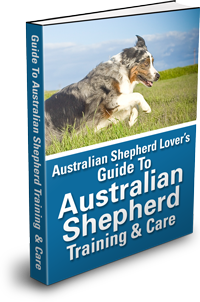
Start with our official ebook Guide To Australian Shepherd Training & Care. It was created by Aussie lovers for Aussie lovers. You can read this practical guide on any computer, tablet, or smartphone.
For leash reactivity, one of the most important things you can do is to actually allow your dog to have a longer leash. This may seem counterintuitive but the idea is to help him feel less restrained while also maintaining some control.
Having a regular routine and giving your dog plenty of time to sniff while on your daily walks can help to reduce stress by allowing him to become more familiar with his surroundings.
Other options like Chew toys and puzzle toys can also be great stress relievers. It's always good to have plenty of these around to keep your Aussie from becoming bored and frustrated.
While Australian Shepherds can be a joy to own, they also have a greater tendency to be reactive. Fortunately, their innate intelligence and eagerness to learn can also help them take to reactivity training more easily.
If you have a reactive dog, don't panic and whatever you do, don't scold him for this behavior. It's a natural instinct that he can't always control but with the right approach you and he can find a way to turn that reactivity around.
Check out these introductory dog training videos...
Have Dog Training Questions?
Check out these introductory dog training videos...
I want my dog to stop being aggressive.
I want some help training my new puppy.
I want my dog to stop barking at everything.
Get Australian Shepherd Info, Website Updates, Special Offers, and Cartoons...
FREE GIFT
You'll also receive a free copy of the ebook
My Everyday Dog Training Tools
by professional dog trainer Daniel Abdelnoor, "Doggy Dan"


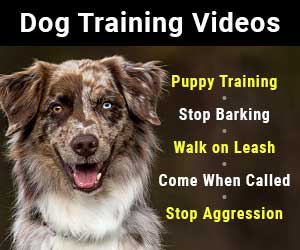
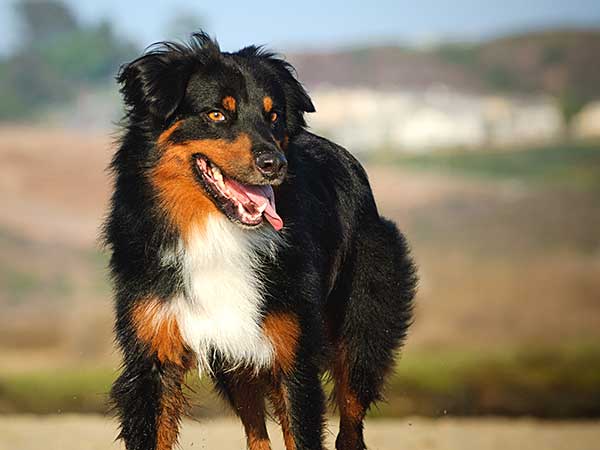
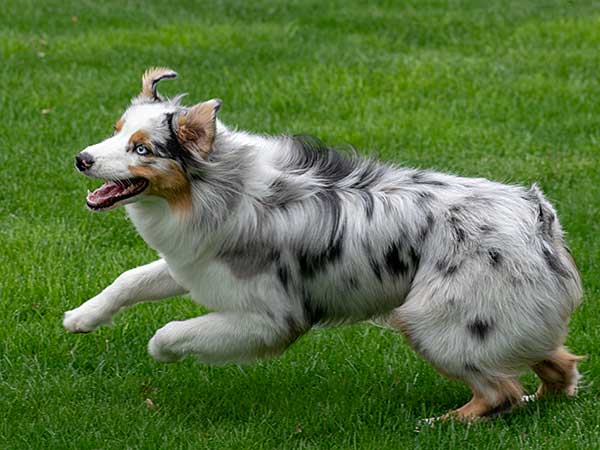

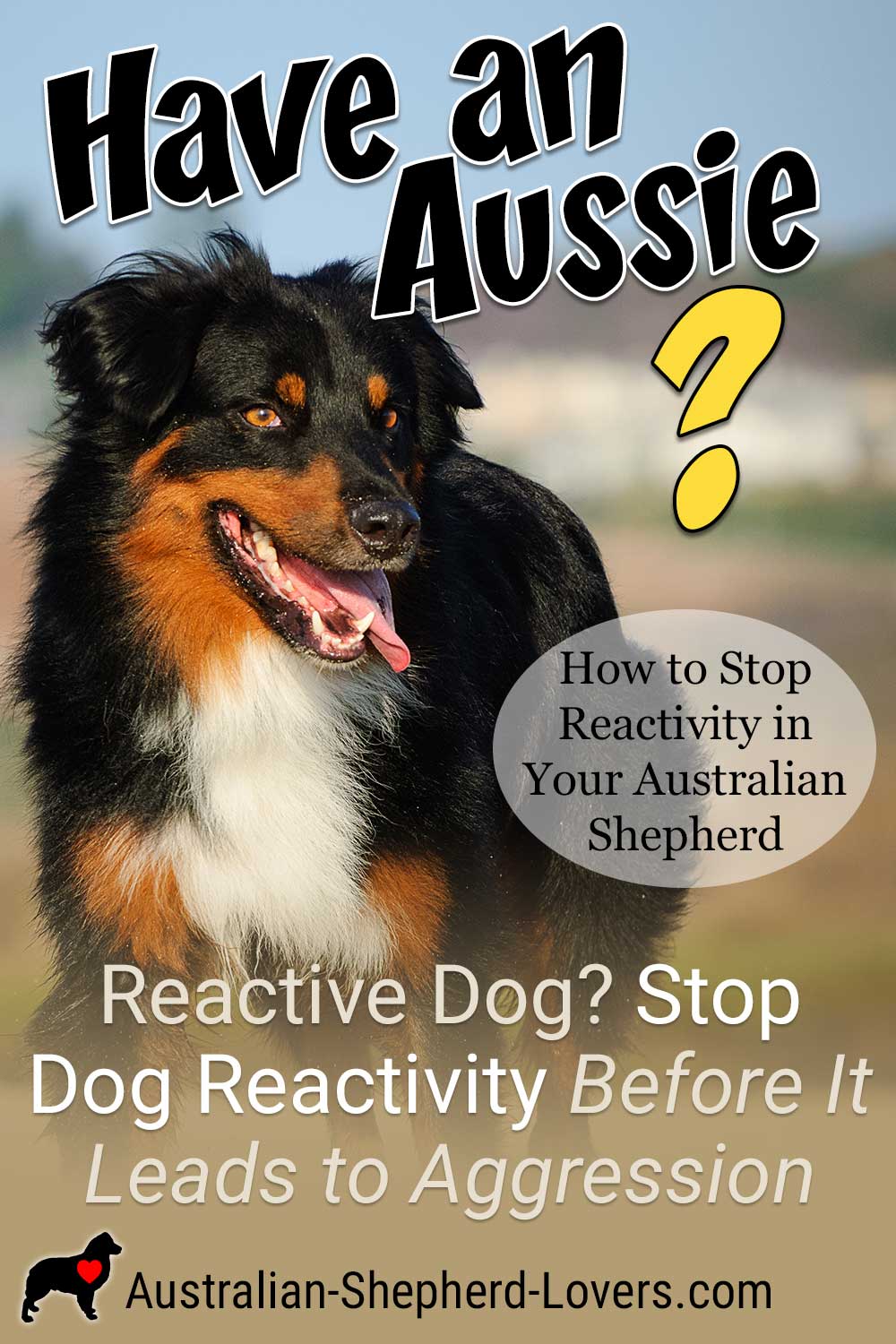







 Loading Image...
Loading Image...